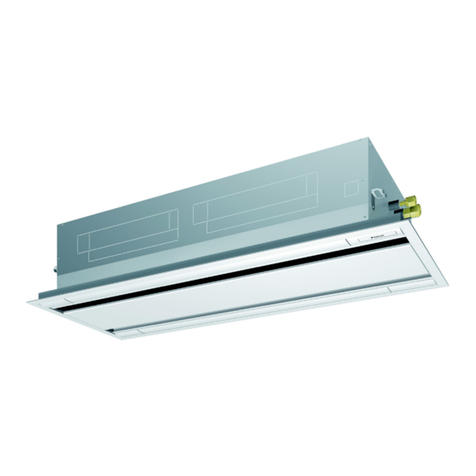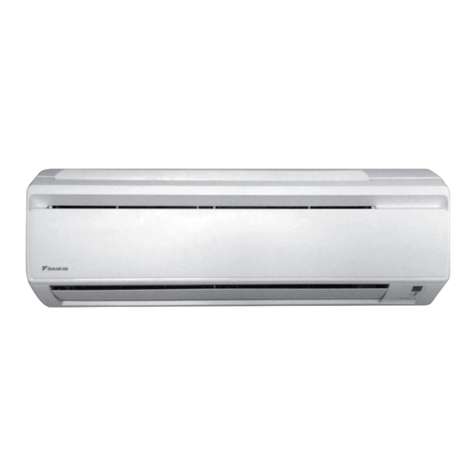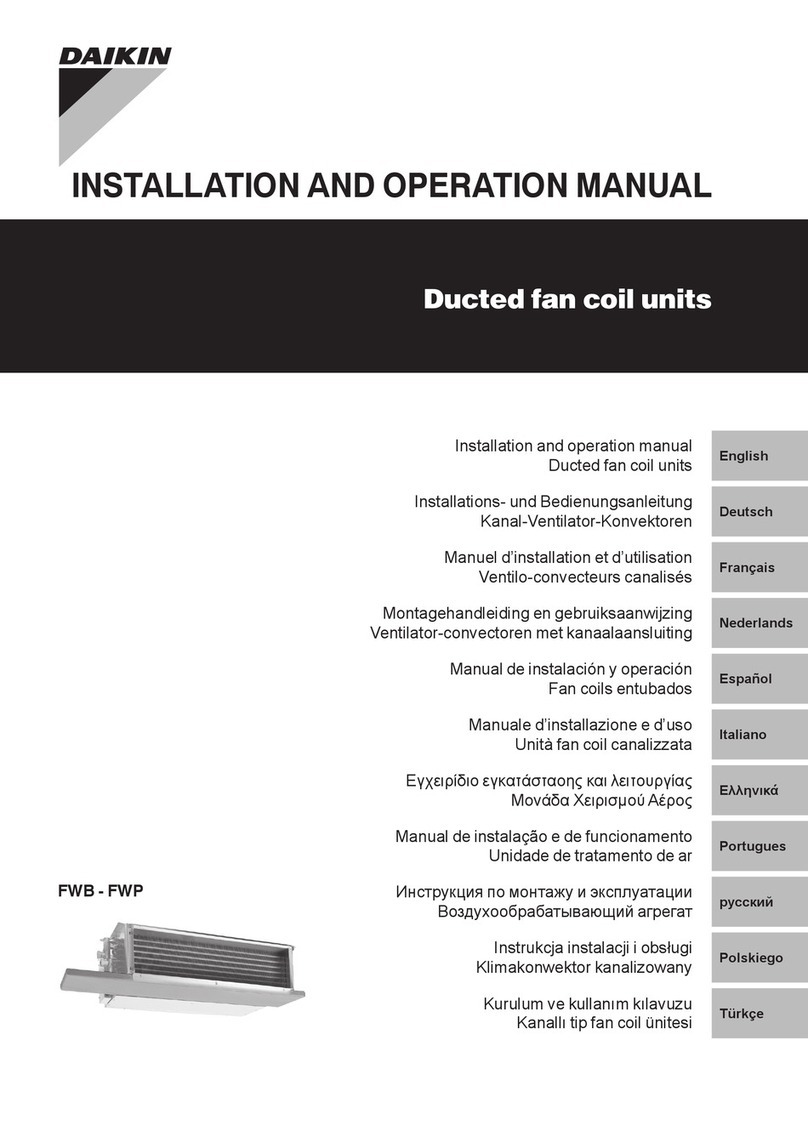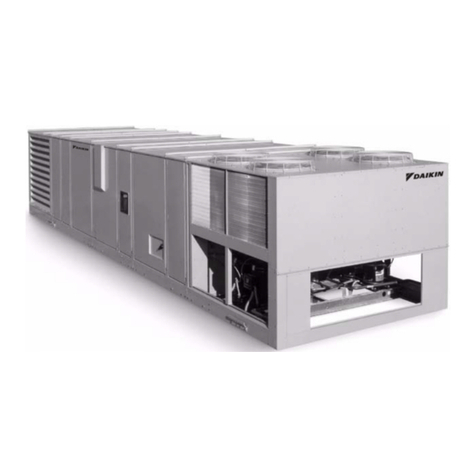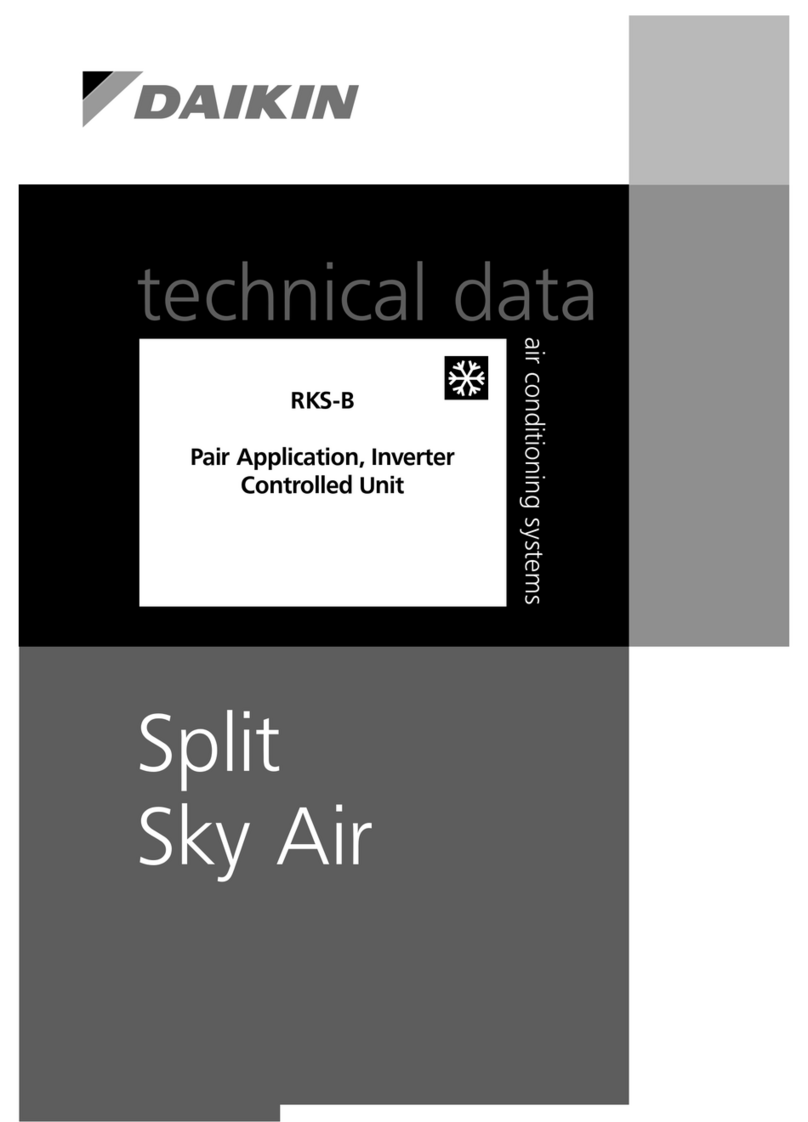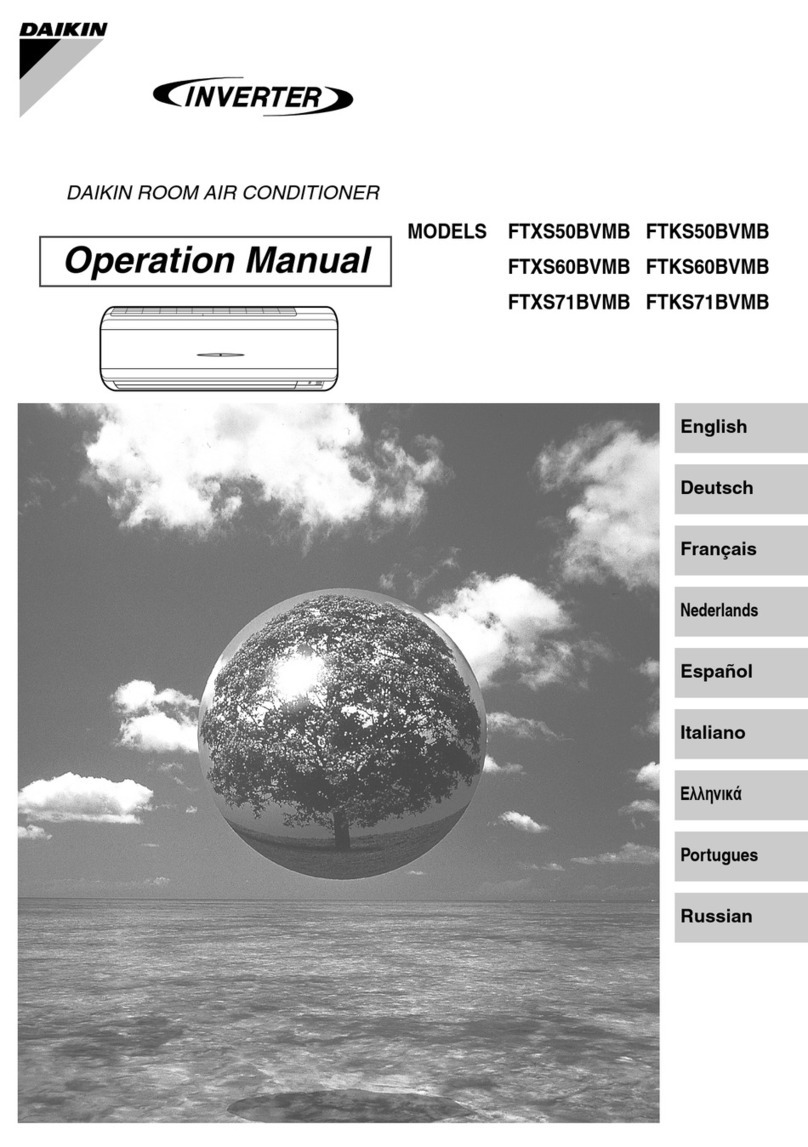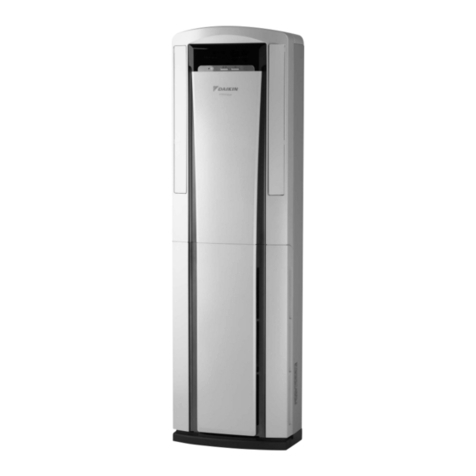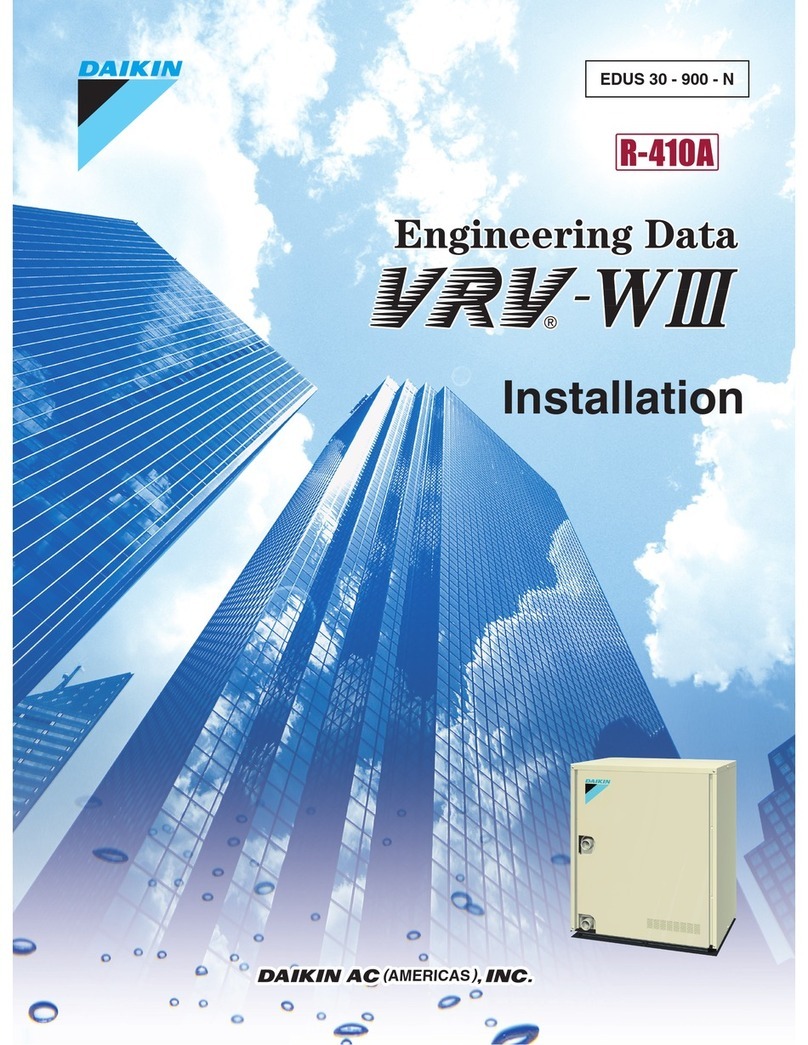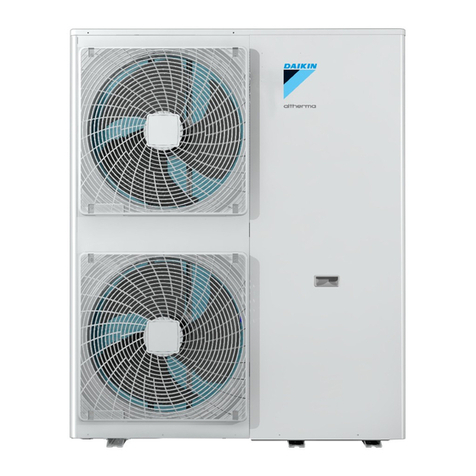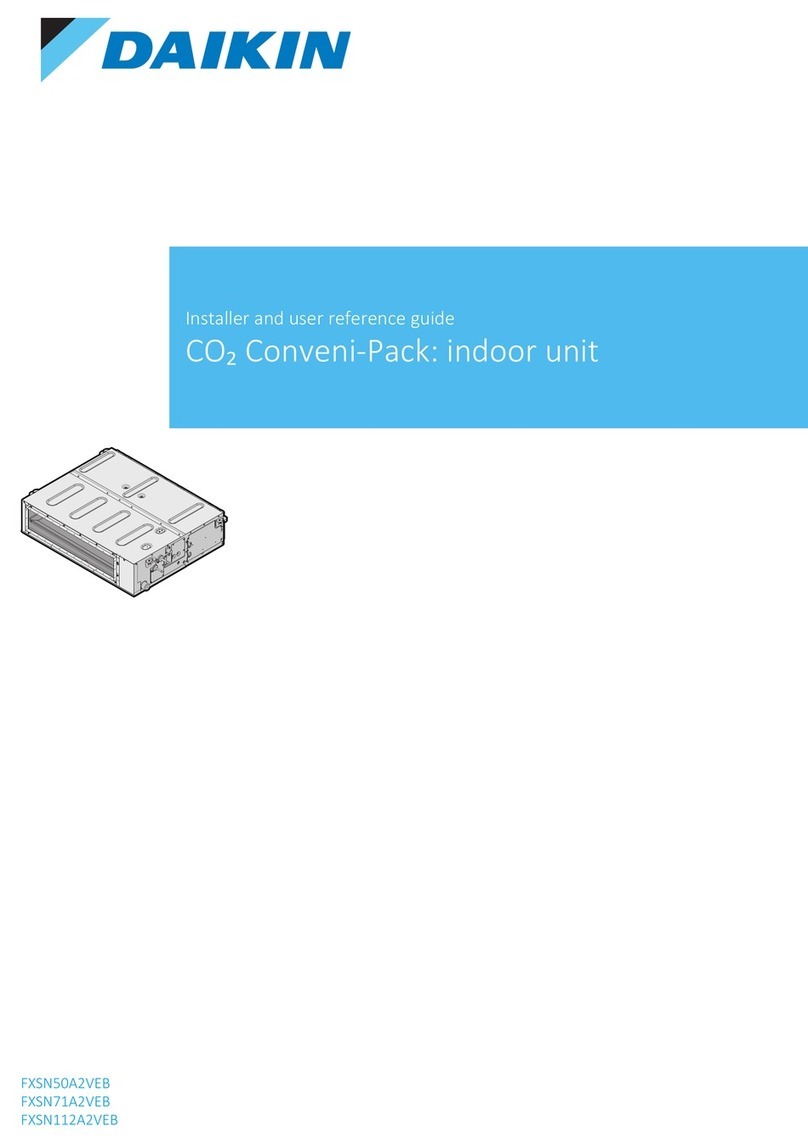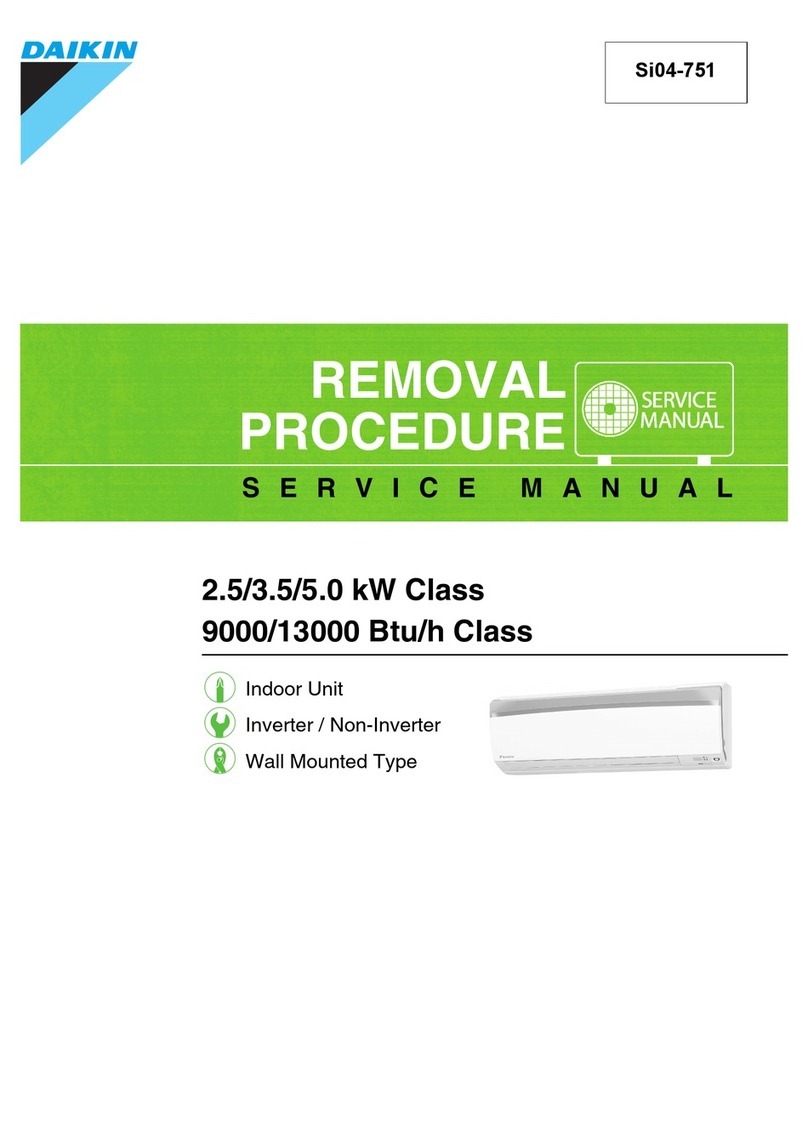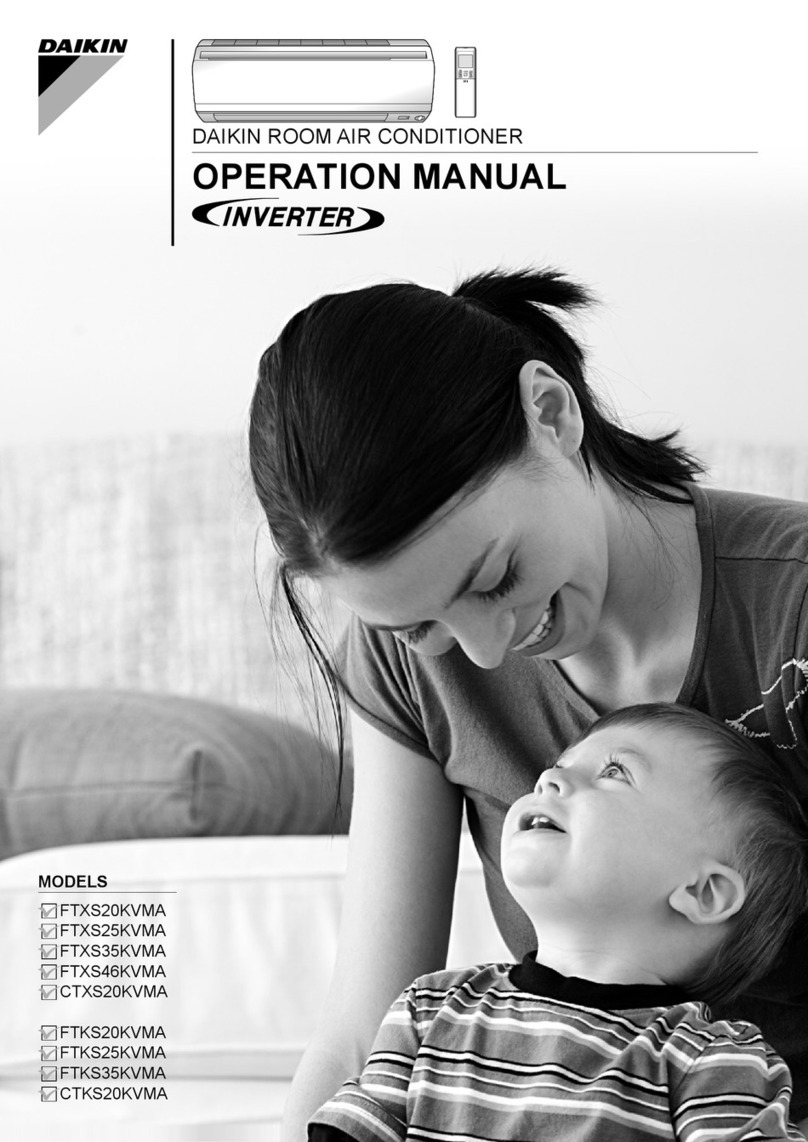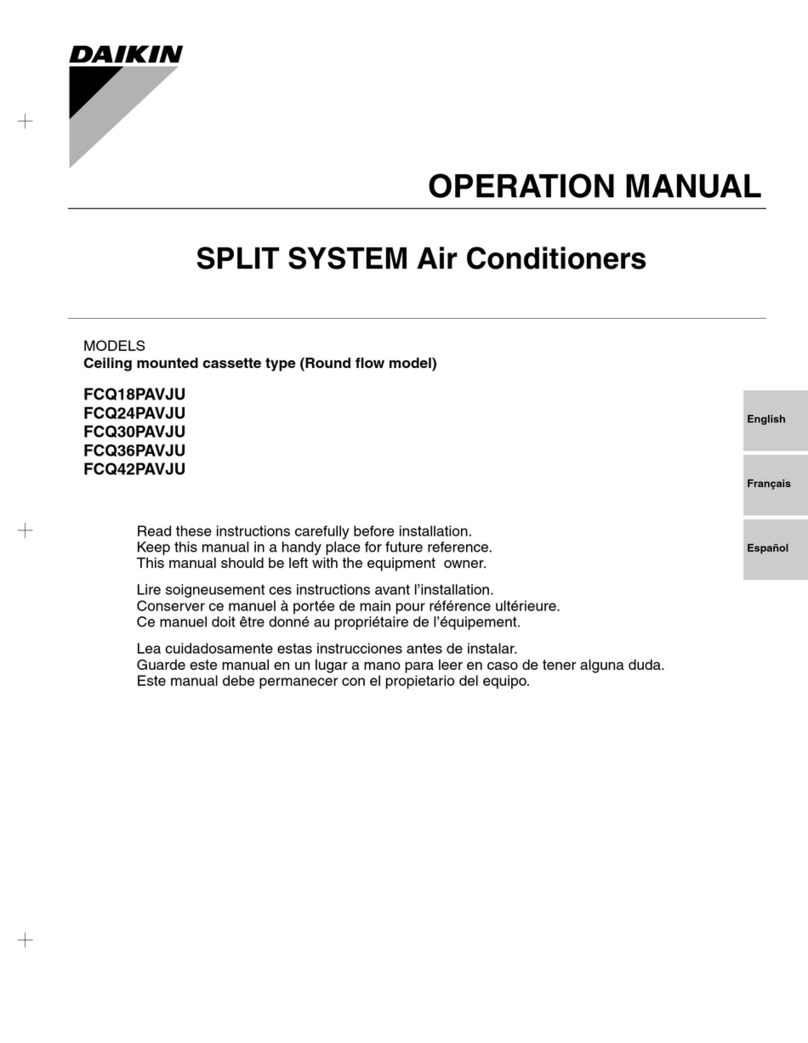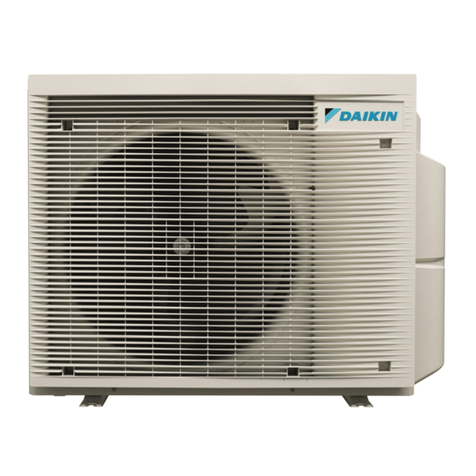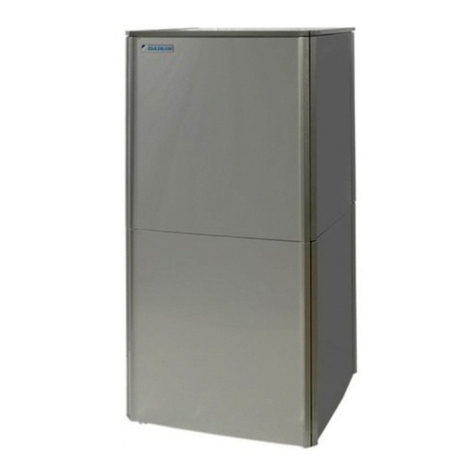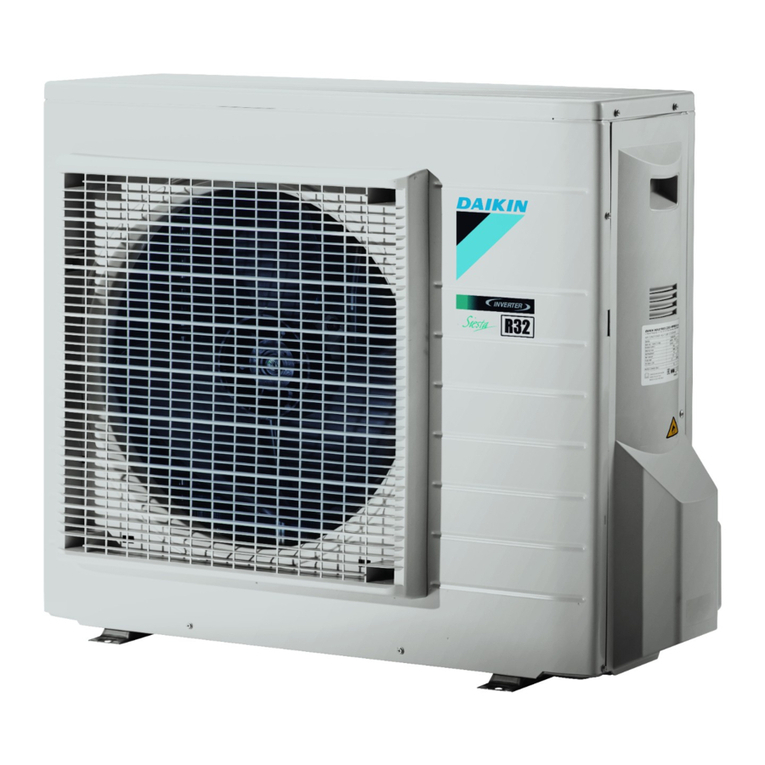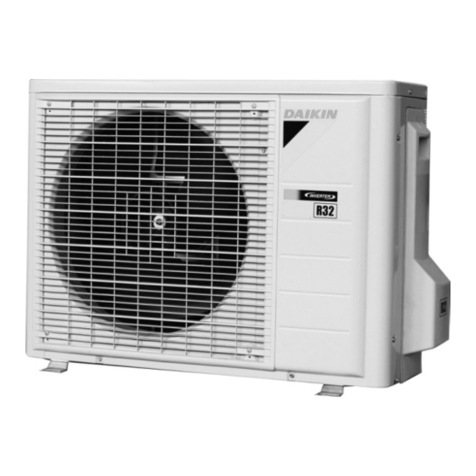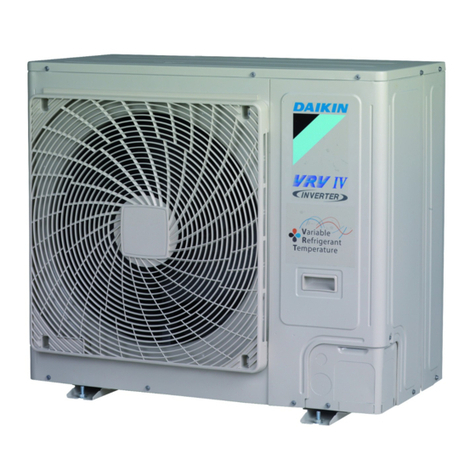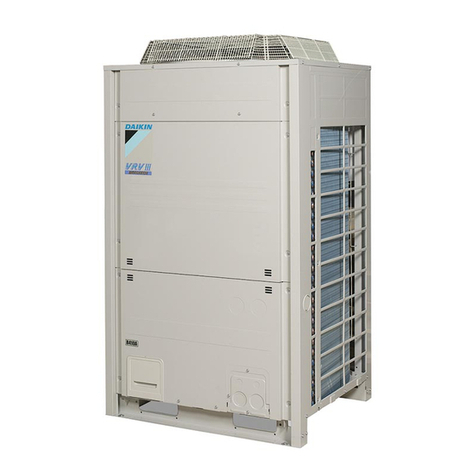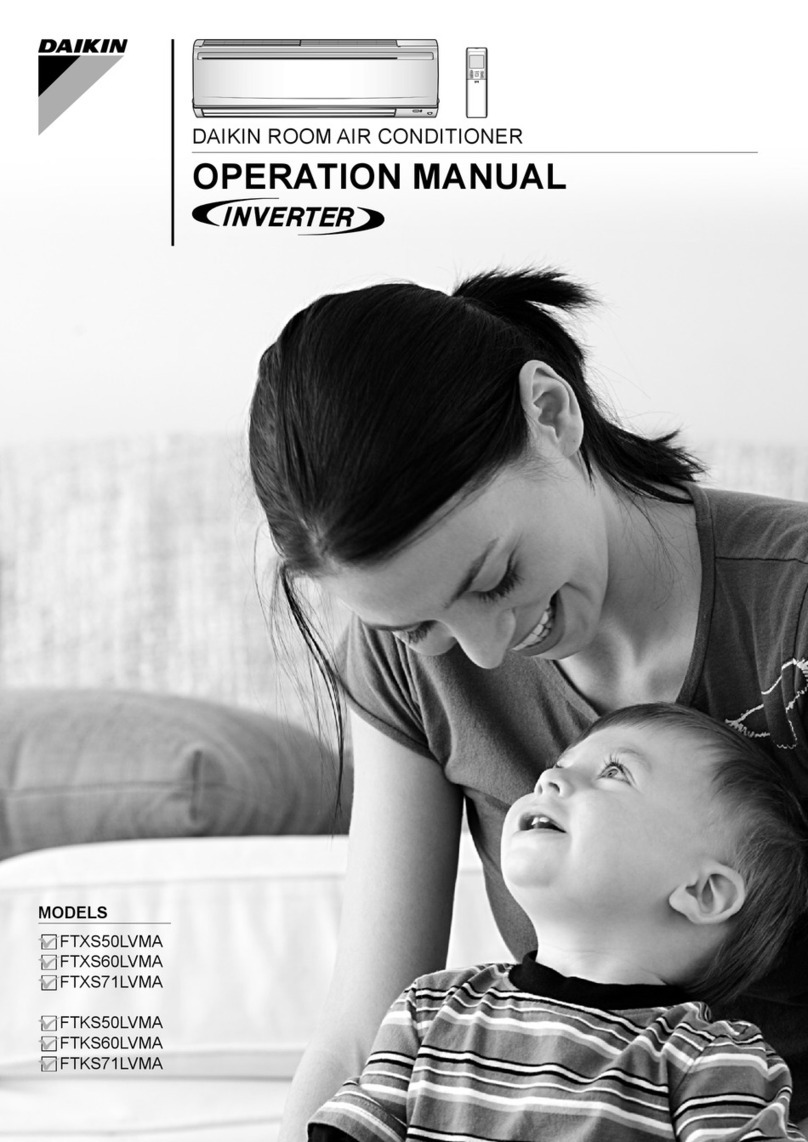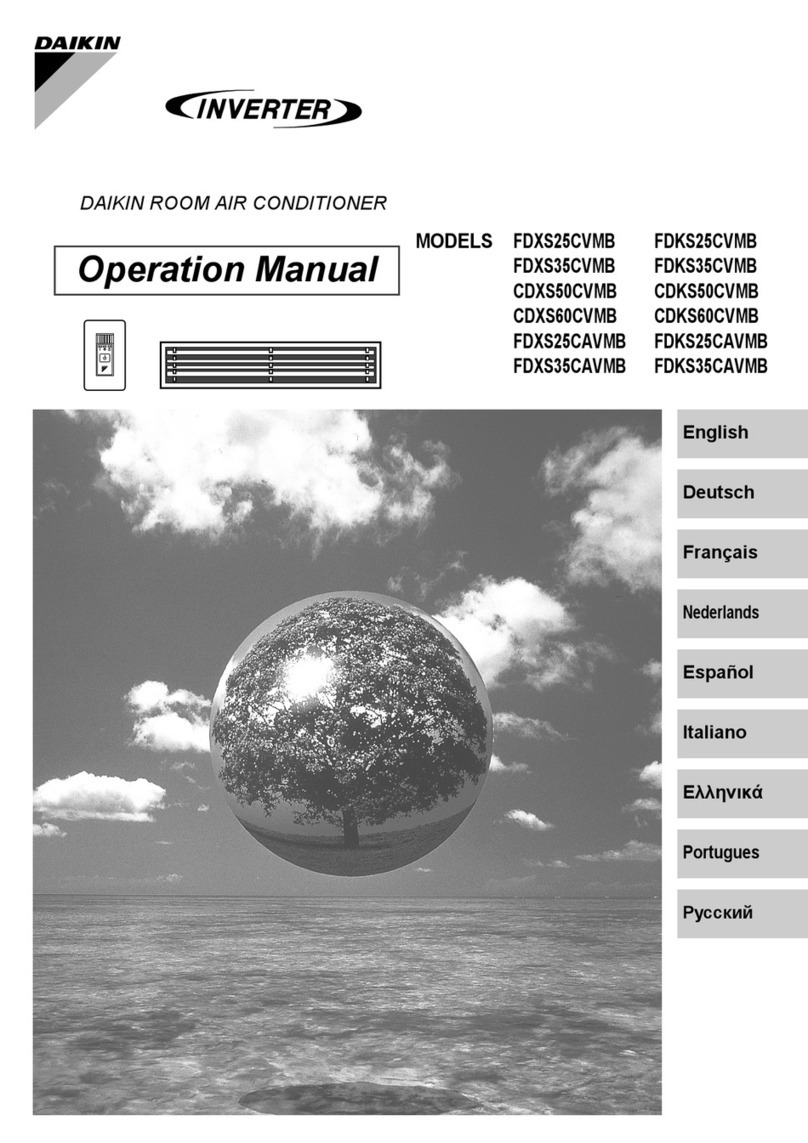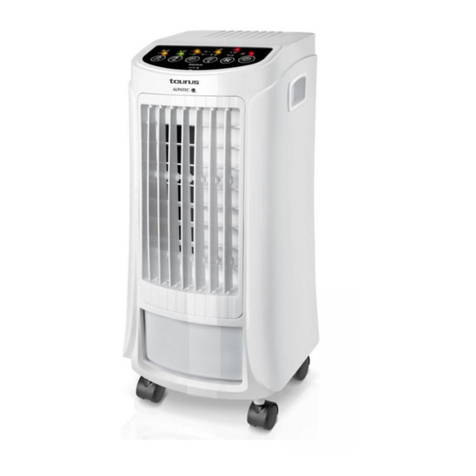
4
4. File the claim with the following supporng documents:
a. Original Bill of Lading, cered copy, or indemnity
bond.
b. Original paid freight bill or indemnity in lieu thereof.
c. Original invoice or cered copy thereof, showing
trade and other discounts or reducons.
d. Copy of the inspecon report issued by the carrier
representave at the me damage is reported to the
carrier. The carrier is responsible for making prompt
inspecon of damage and for a thorough invesga-
on of each claim. The distributor or manufacturer
will not accept claims from dealers for transportaon
damage.
NOTE: When inspecng the unit for transportaon damage, re-
move all packaging materials. Recycle or dispose of the packaging
material according to local codes. Verify that the voltage listed on
the unit serial palate matches the voltage being supplied by the
building ulies.
NOTE: Verify that voltage listed on serial plate matches voltage
being supplied by site.
Carefully read all instrucons for the installaon prior to installing
unit. Ensure each step or procedure is understood and any special
consideraons are taken into account before starng installaon.
Assemble all tools, hardware and supplies needed to complete
the installaon. Some items may need to be purchased locally.
UNIT LOCATION
WARNING
IMPORTANT NOTE: Remove wood shipping rails prior to installa-
on of the unit. See important note under Roof Curb Installaon
Only.
Unit should be energized 24 hours prior to
compressor start up to ensure crankcase heater has suciently
warmed the compressors. Compressor damage may occur if this
step is not followed.
NOTE: This appliance is a dedicated downow design.
Proper installaon of the unit ensures trouble-free operaon. Im-
proper installaon can result in problems ranging from noisy op-
eraon to property or equipment damages, dangerous condions
that could result in injury or personal property damage. Damage
or repairs due to improper installaon are not covered under the
warranty. Give this booklet to the user and explain it’s provisions.
The user should retain these instrucons for future reference.
• For proper ame paern within the heat exchanger and
proper condensate drainage, the unit must be mounted
level.
• The ue outlet must be at least 12 inches from any open-
ing through which ue gases could enter a building, and
at least three feet above any forced air inlet located with-
in ten feet. The economizer/manual fresh air intake/mo-
torized fresh air intake and combuson air inlet mounted
on the unit are not aected by this restricon.
• To avoid possible corrosion of the heat exchanger, do
not locate the unit in an area where the outdoor air (i.e.
combuson air for the unit) will be frequently contam-
inated by compounds containing chlorine or uorine.
Common sources of such compounds include swimming
pool chemicals and chlorine bleaches, paint stripper, ad-
hesives, paints, varnishes, sealers, waxes (which are not
yet dried) and solvents used during construcon and re-
modeling. Various commercial and industrial processes
may also be sources of chlorine/uorine compounds.
• To avoid possible illness or death of the building occu-
pants, do NOT locate outside air intake device (econo-
mizer, manual fresh air intake, motorized fresh air intake)
too close to an exhaust outlet, gas vent terminaon, or
plumbing vent outlet. For specic distances required,
consult local codes.
• Allow minimum clearances from the enclosure for re
protecon, proper operaon, and service access (see
unit clearances). These clearances must be permanently
maintained.
• The combuson air inlet and ue outlet on the unit must
never be obstructed. If used, do not allow the economiz-
er/manual fresh air damper/ motorized fresh air damper
to become blocked by snow or debris. In some climates or
locaons, it may be necessary to elevate the unit to avoid
these problems.
• When the unit is heang, the temperature of the return
air entering the unit must be between 50° F and 100° F.
• When the unit is installed on the ground adjacent to the
building, a level concrete (or equal) base is recommend-
ed. Prepare a base that is 3” larger than the package unit
footprint and a minimum of 3” thick.
• The base should also be located where no runo of water
from higher ground can collect in the unit.
• To avoid possible property damage or personal injury, the
roof must have sucient structural strength to carry the
weight of the unit(s) and snow or water loads as required
by local codes. Consult a structural engineer to deter-
mine the weight capabilies of the roof.
• The unit may be installed directly on wood oors or on
Class A, Class B, or Class C roof covering material.
• To avoid possible personal injury, a safe, at surface for
service personnel should be provided.
• As indicated on the unit data plate, a minimum clearance
of 36” to any combusble material is required on the fur-
nace access side of the unit. All combusble materials
must be kept out of this area.
